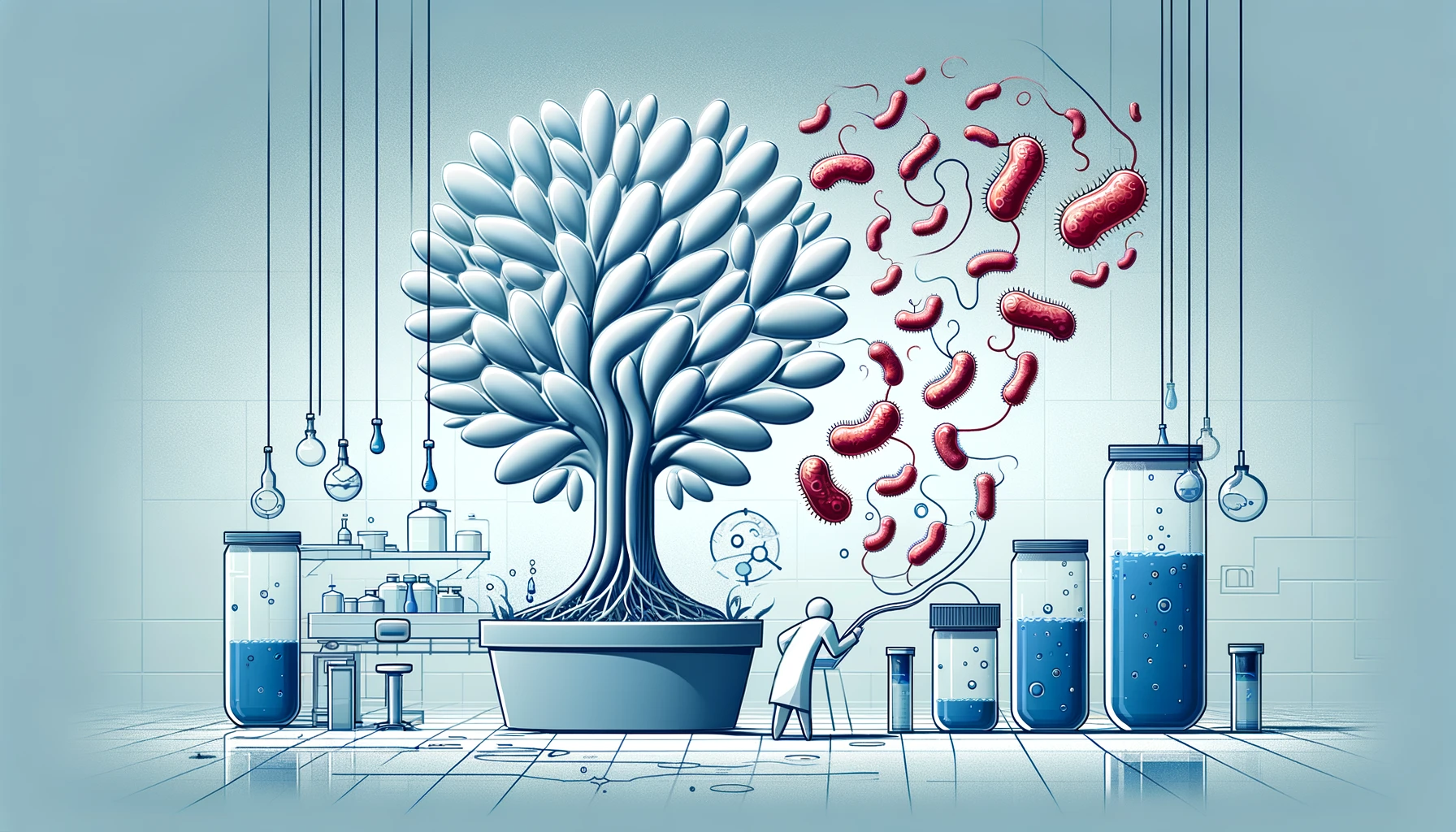
Plastic has long been both a marvel and a menace. While its versatility and durability have propelled countless industries forward, its persistence in the environment and non-renewable origins pose a monumental challenge. While researchers have strived to develop more sustainable alternatives, these often fall short in comparison with their fossil-fueled predecessors. Now, a groundbreaking development from Kobe University promises to change the game entirely.

Made from plants, polylactic acid (PLA) is a promising alternative to conventional plastics. However, this promising material is limited by its poor degradation and brittleness. In collaboration with the biodegradable polymer manufacturing company Kaneka Corporation, a team of bioengineers at Kobe University sought to enhance this material with the help of engineered bacteria. Through meticulous genetic manipulation, they have transformed ordinary bacteria into veritable plastic factories, churning out LAHB – another bioplastic with a host of desirable properties – with remarkable efficiency. LAHB can blend with PLA, acting as a modifier to produce plastics that are not only more processable and fracture-resistant but also highly biodegradable.
Published in ACS Sustainable Chemistry & Engineering, their findings paint a picture of a future where plastics and sustainability go hand in hand. By modifying the genome, the researchers could tweak the length of LAHB chains and, consequently, the properties of the plastic, with some chains up to ten times longer than those produced using conventional methods. Combined with PLA, these extra-long chains, dubbed "ultra-high molecular weight LAHB," produce cutting-edge plastic boasting unparalleled transparency, moldability, and shock resistance. And to top it off? It biodegrades in seawater within a week.
“By blending polylactic acid with LAHB, the multiple problems of polylactic acid can be overcome in one fell swoop, and the so-modified material is expected to become an environmentally sustainable bioplastic that satisfies the conflicting needs of physical robustness and biodegradability,” stated Taguchi Seiichi, the paper's corresponding author.
Driven by a relentless pursuit of innovation, the team envisions a world where CO2 could serve as the raw material for plastics. “Through the synergy of multiple projects, we aim to realize a biomanufacturing technology that effectively links microbial production and material development,” emphasized Taguchi.